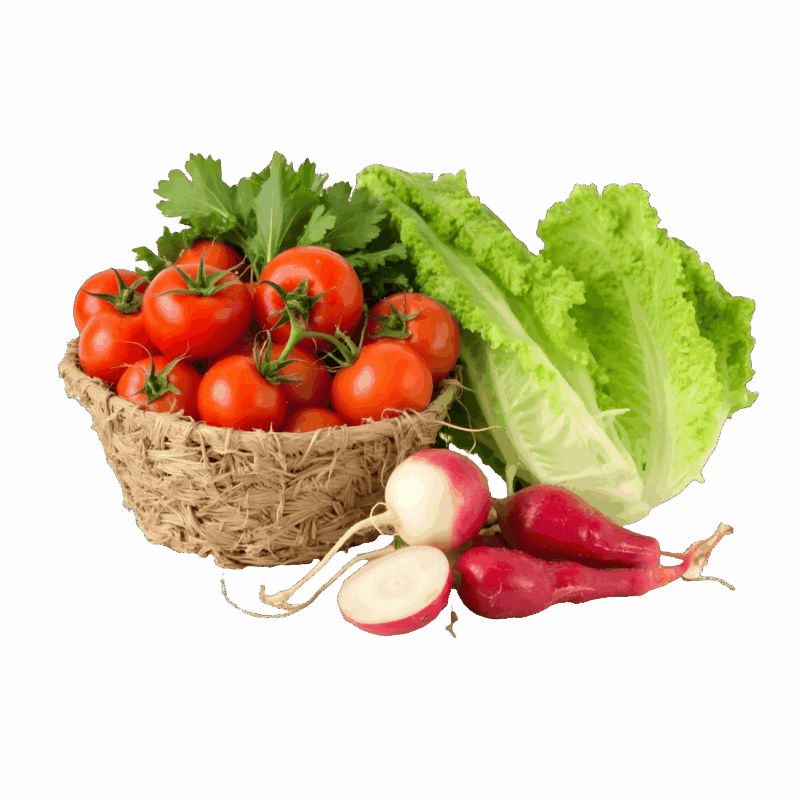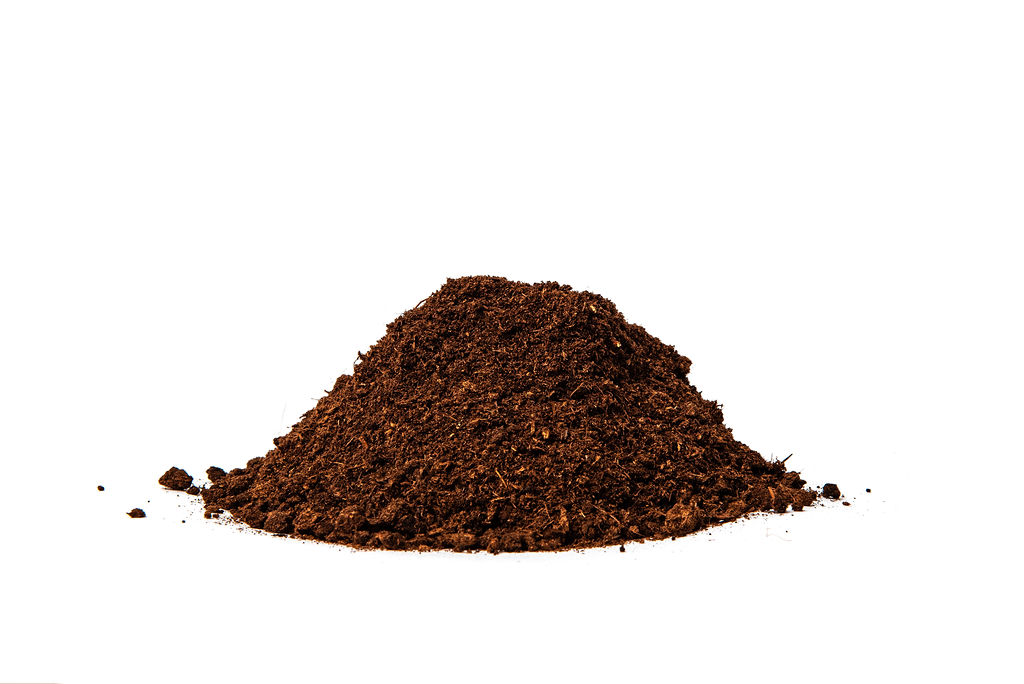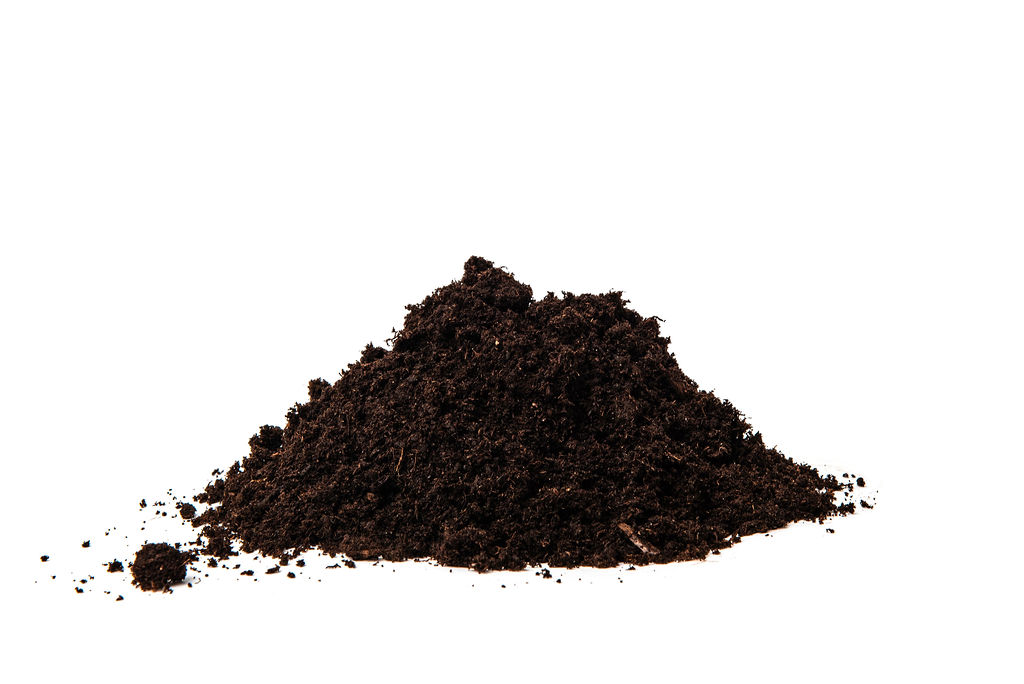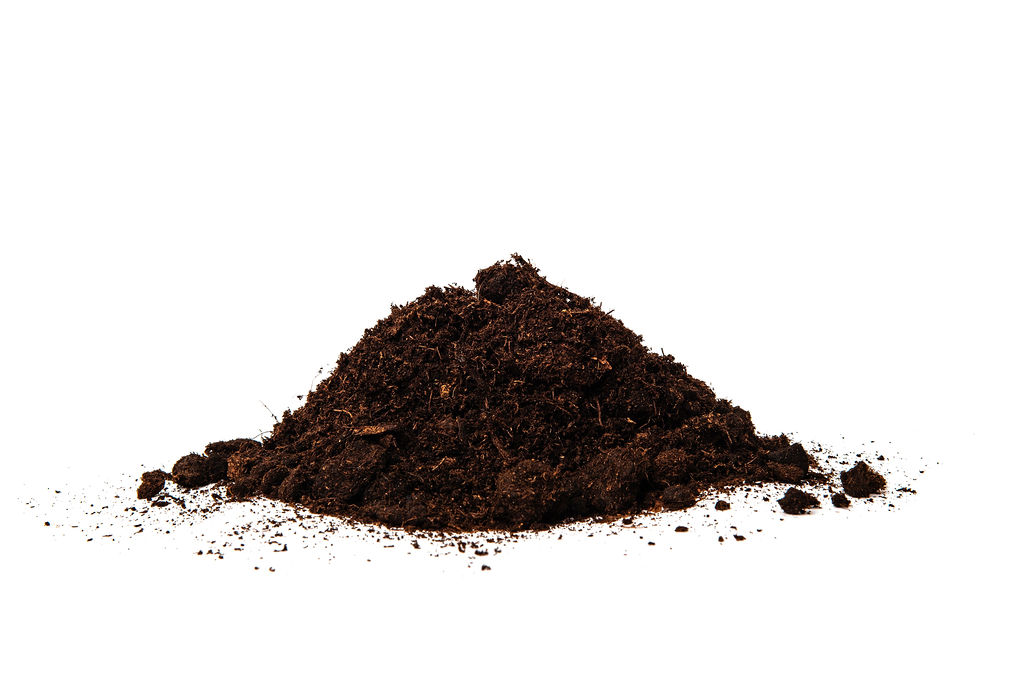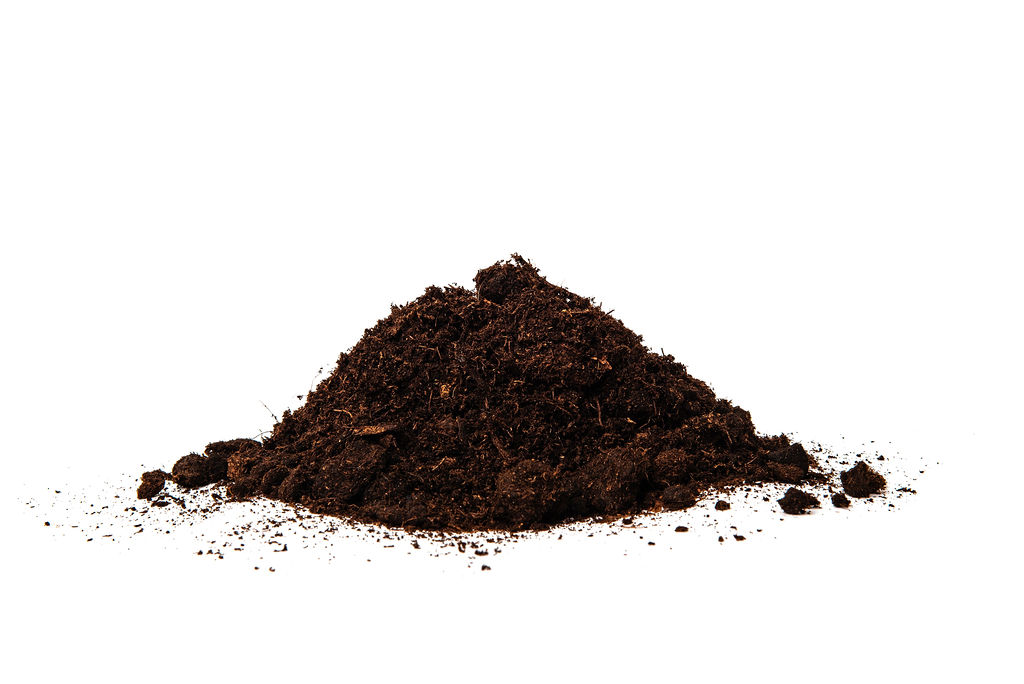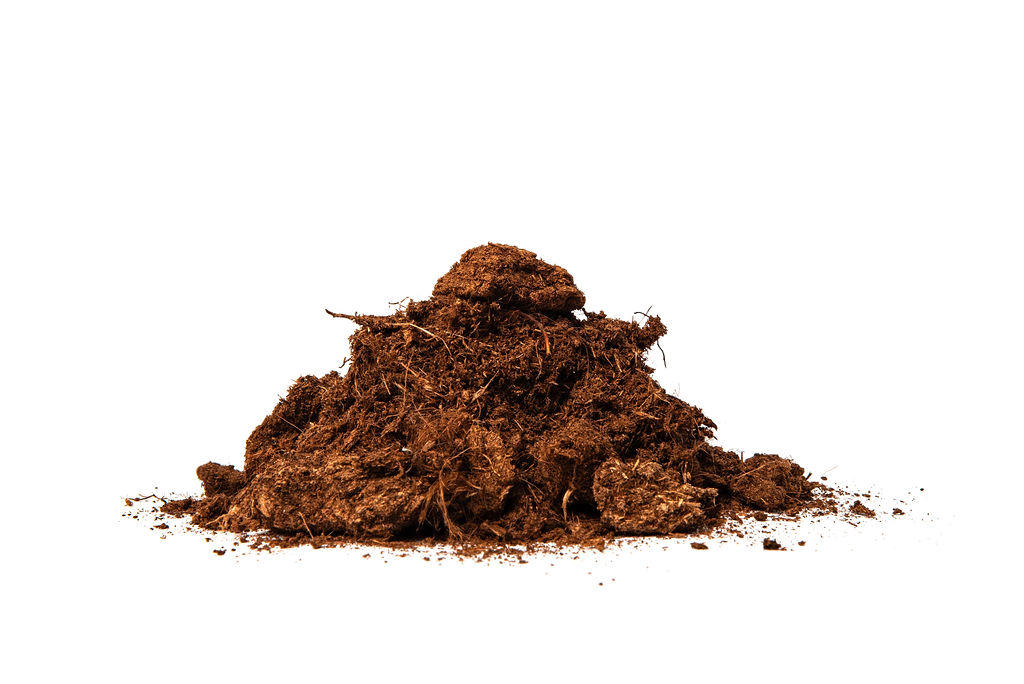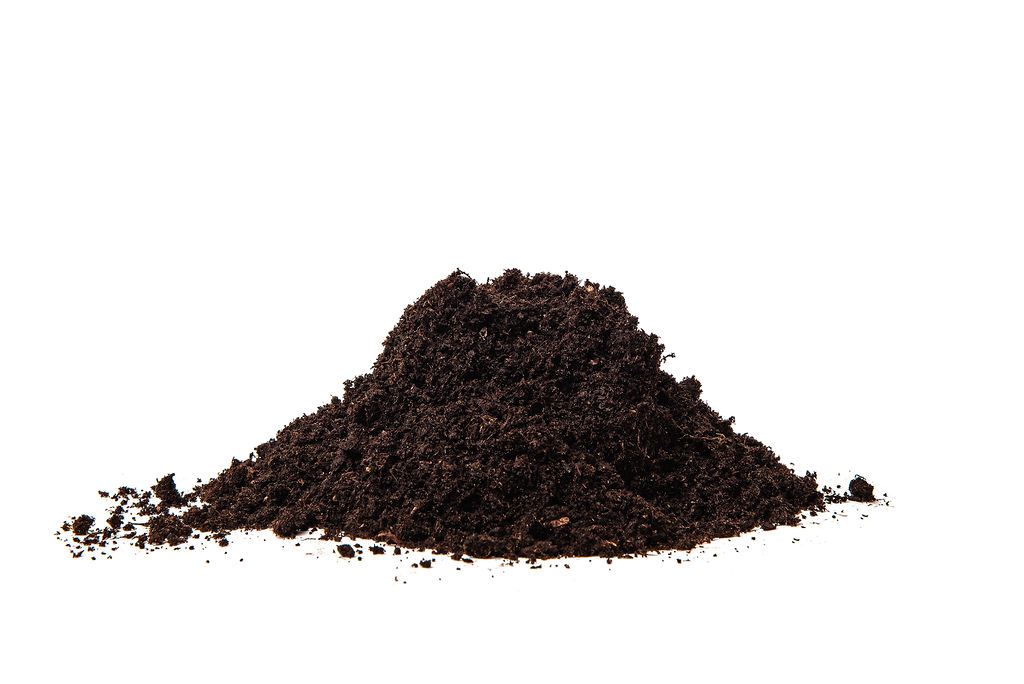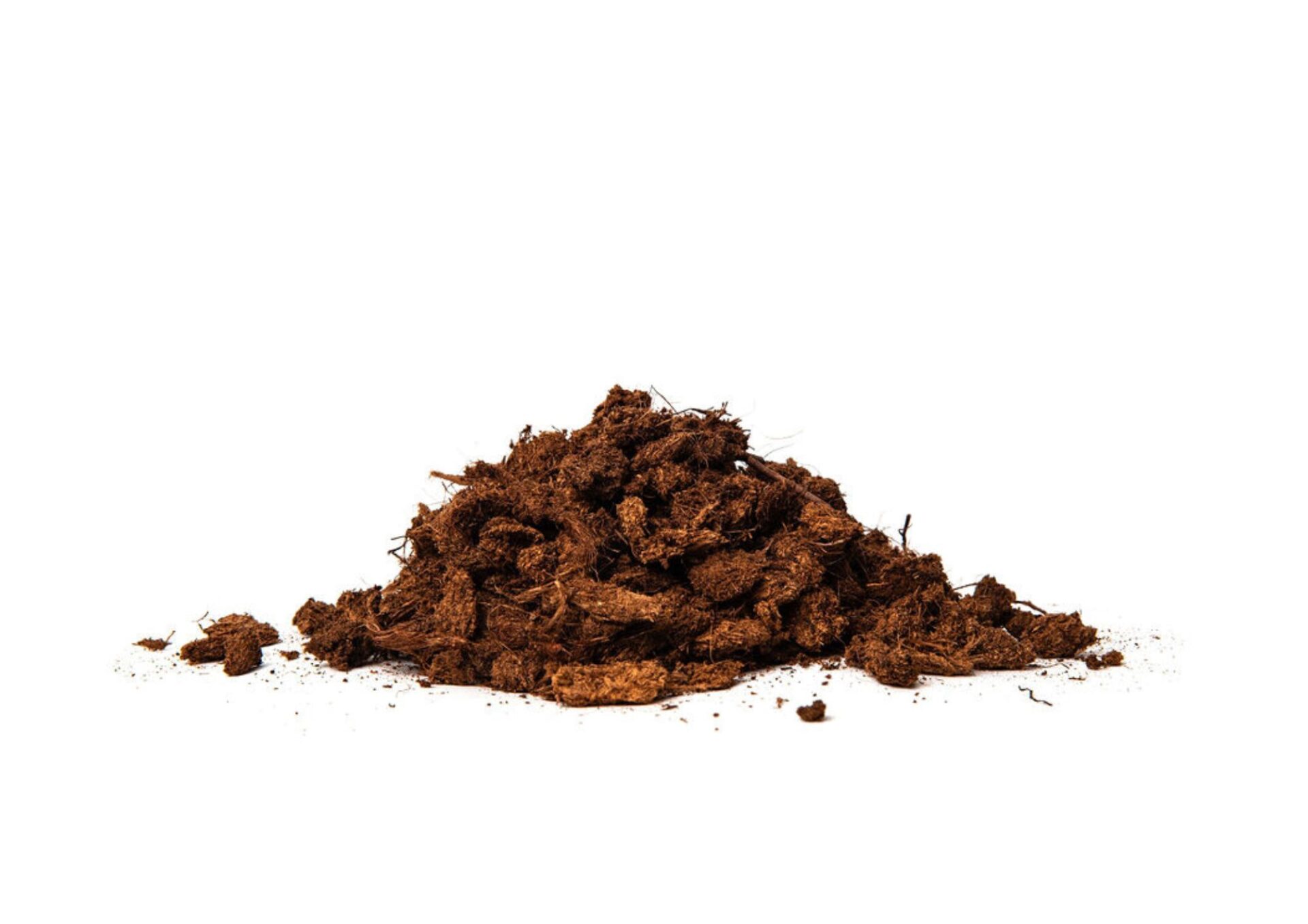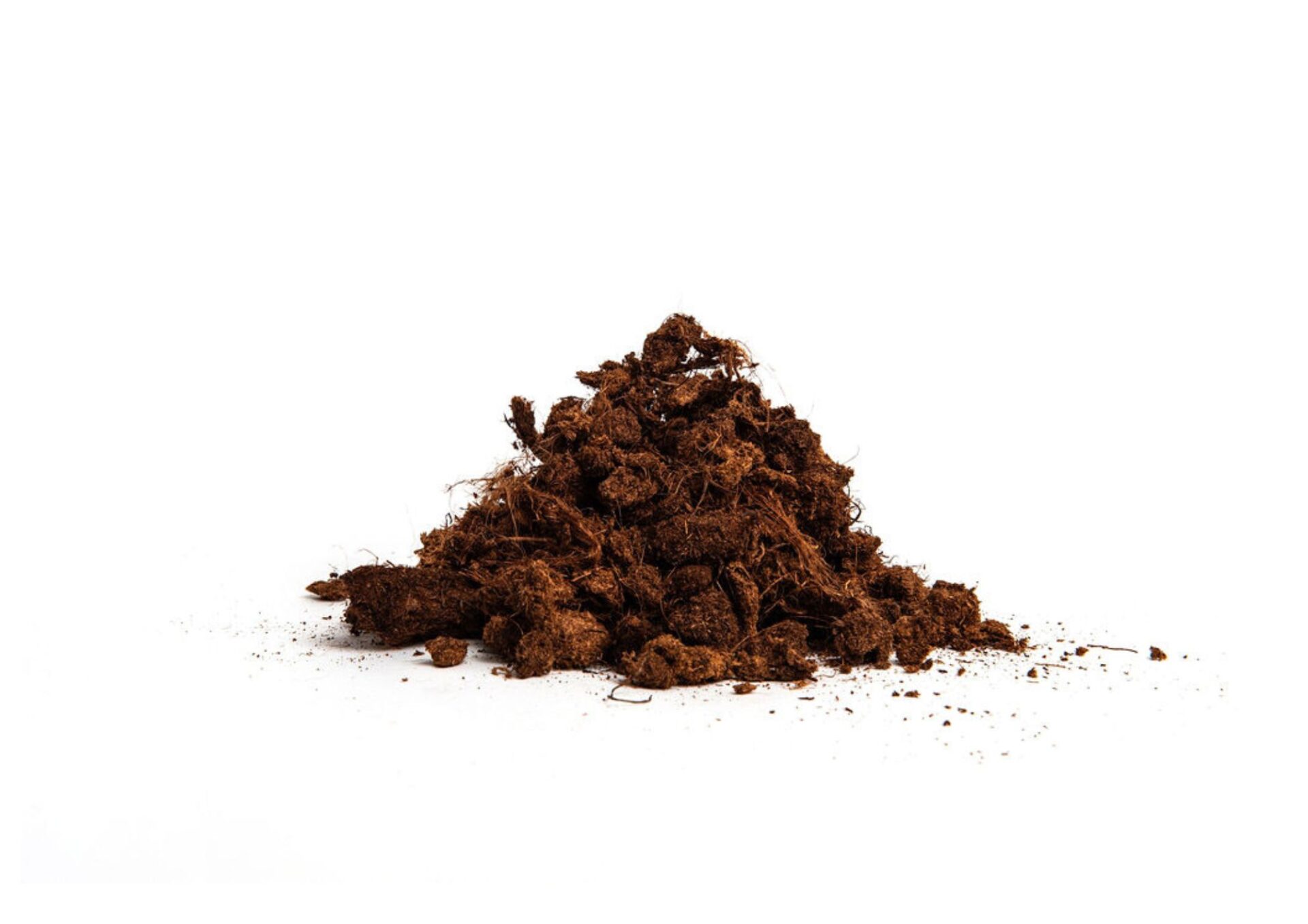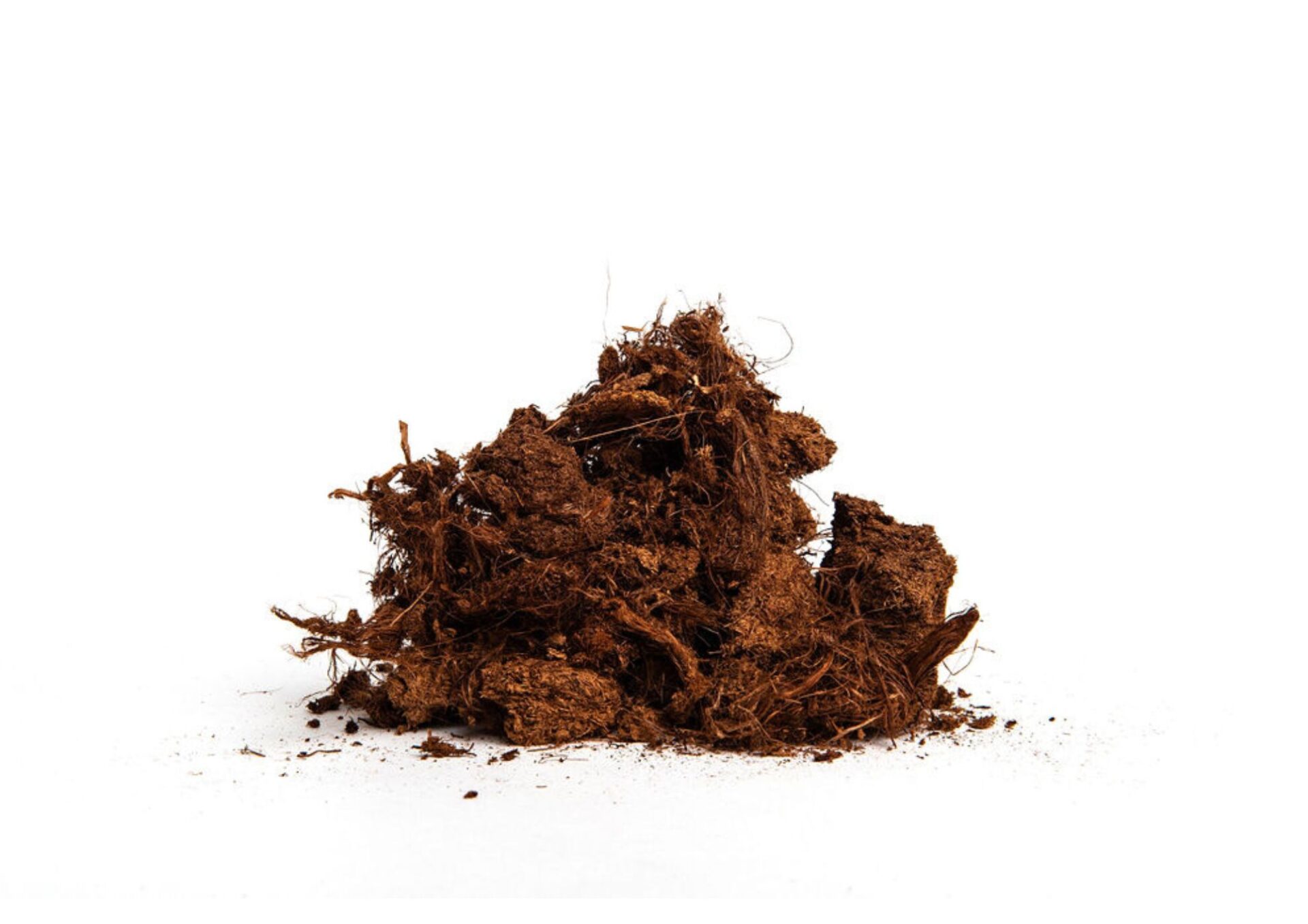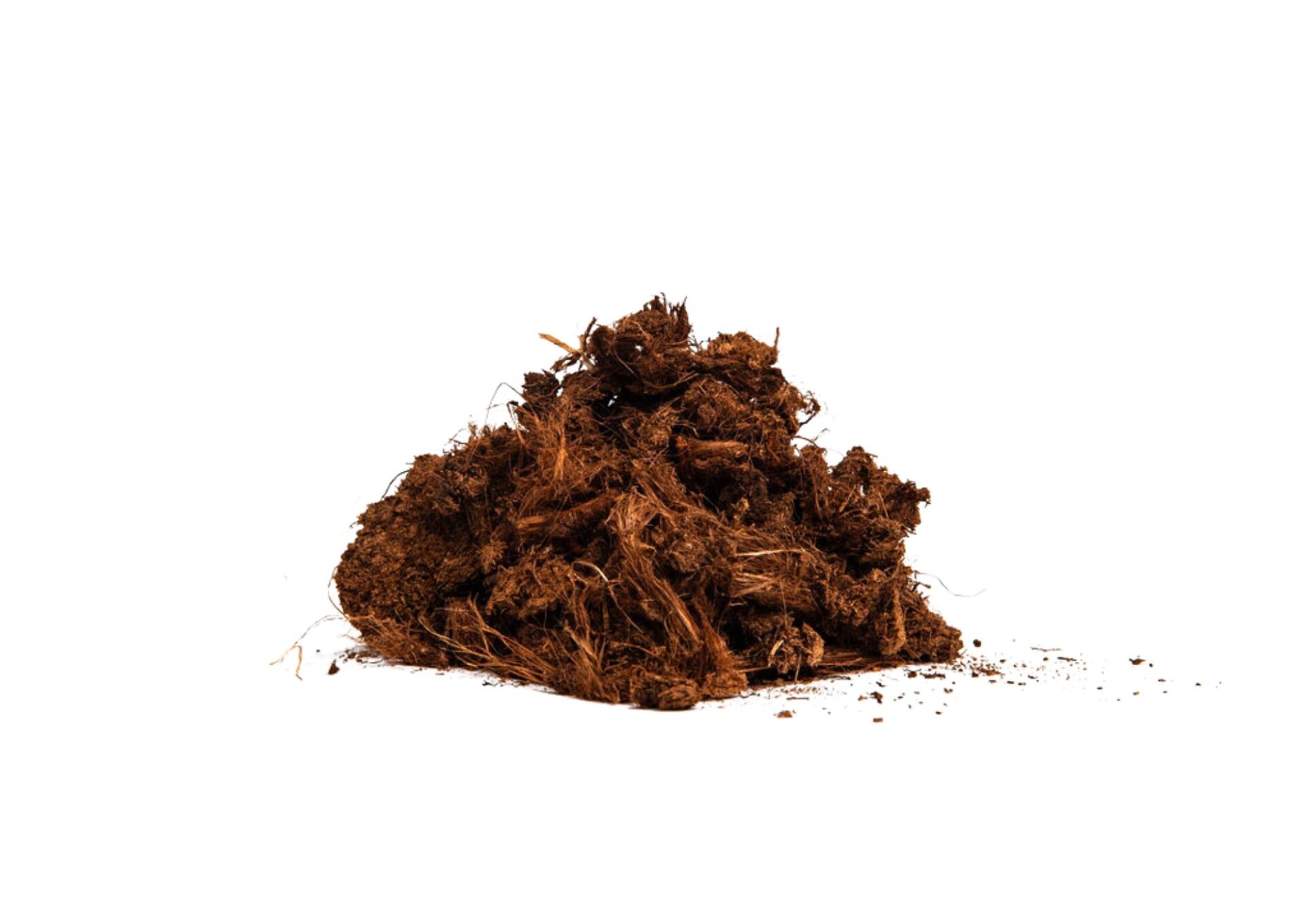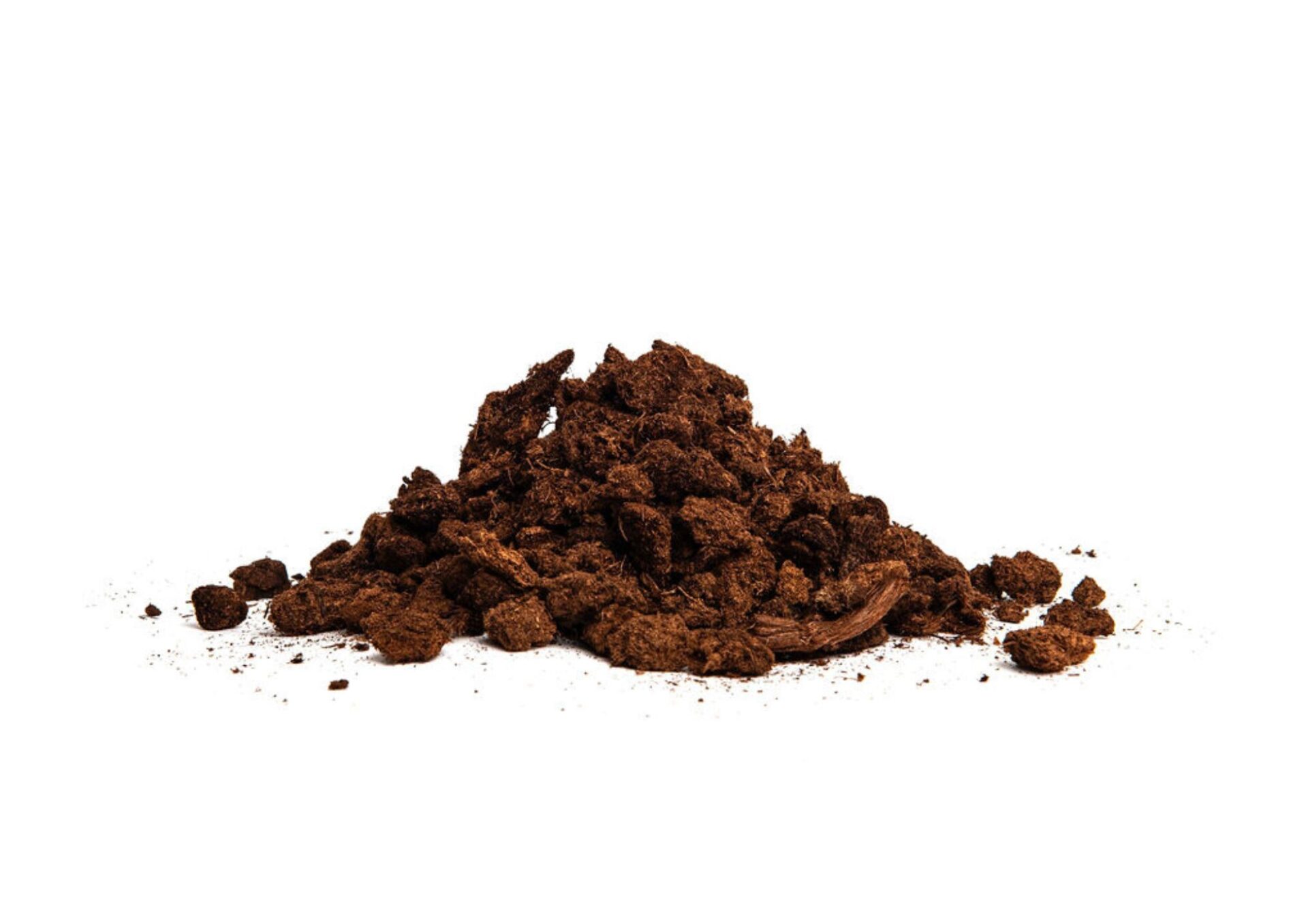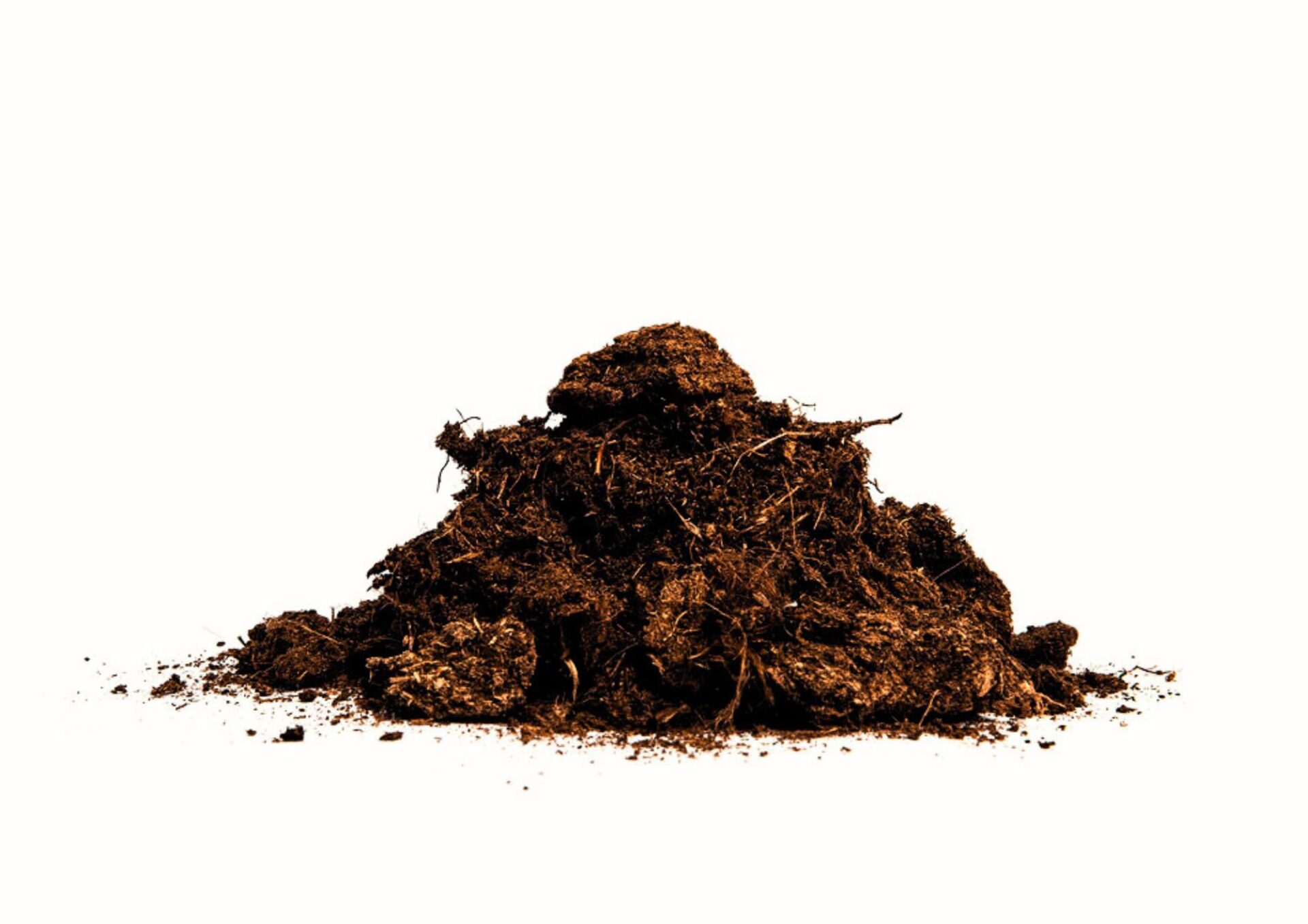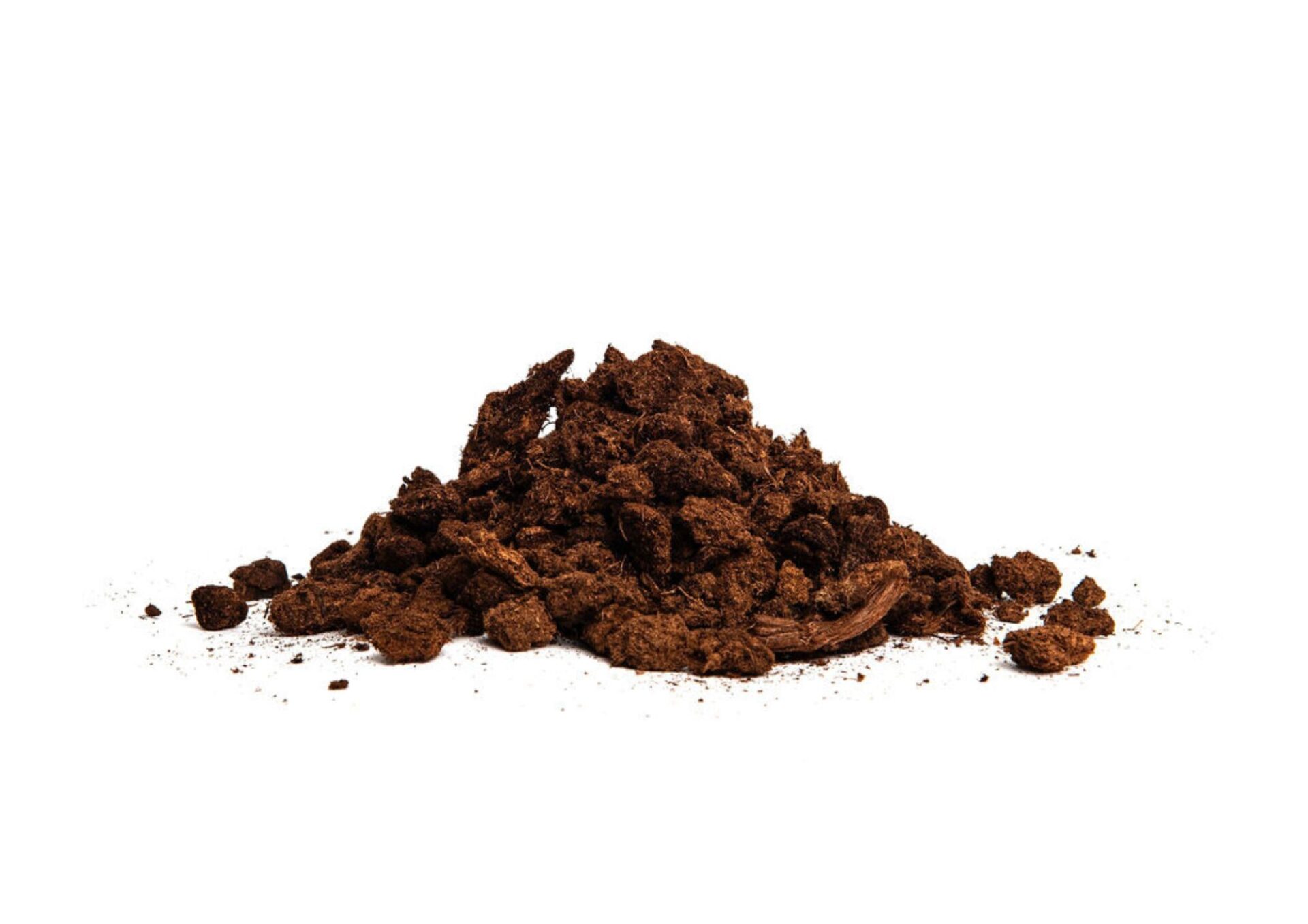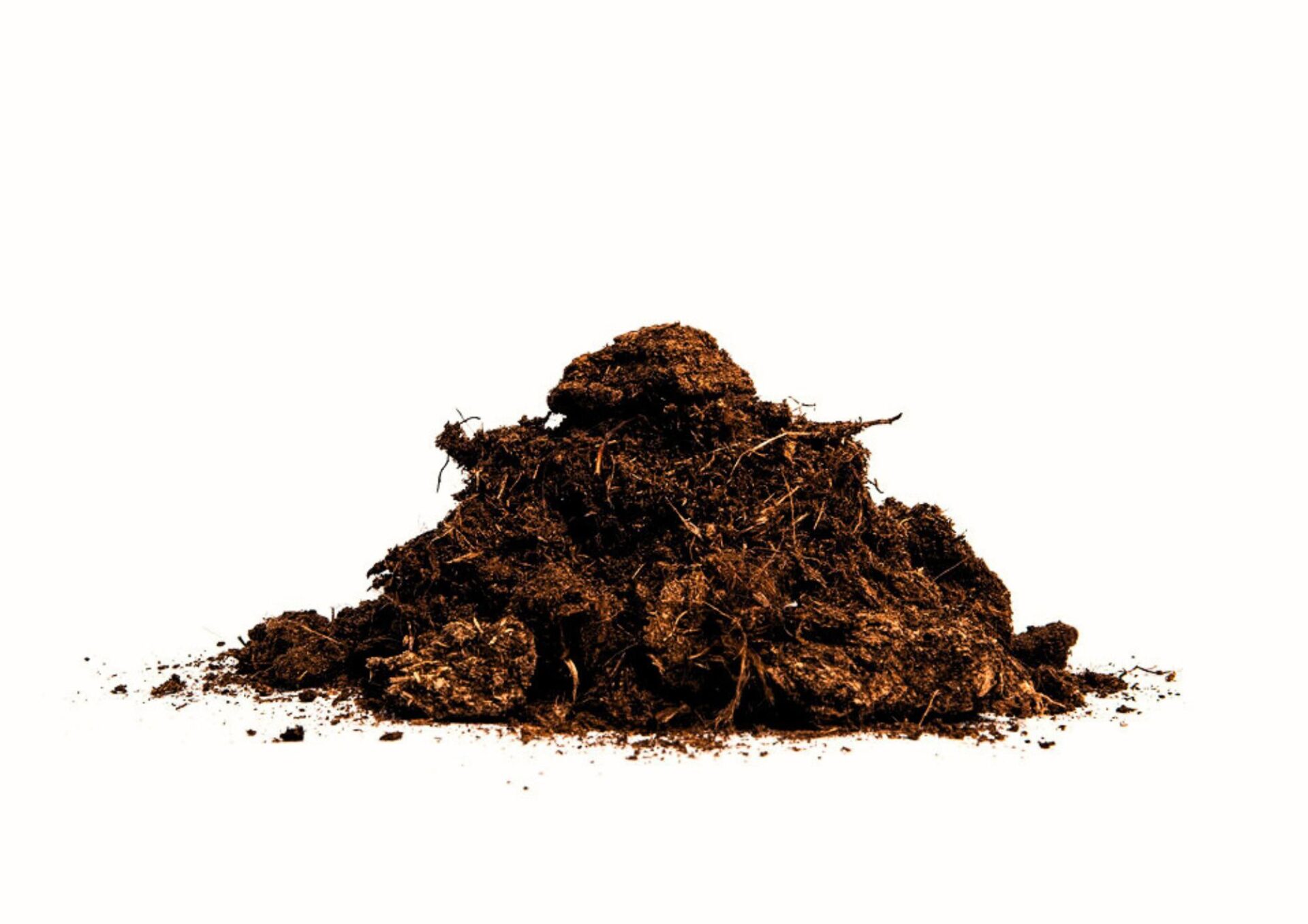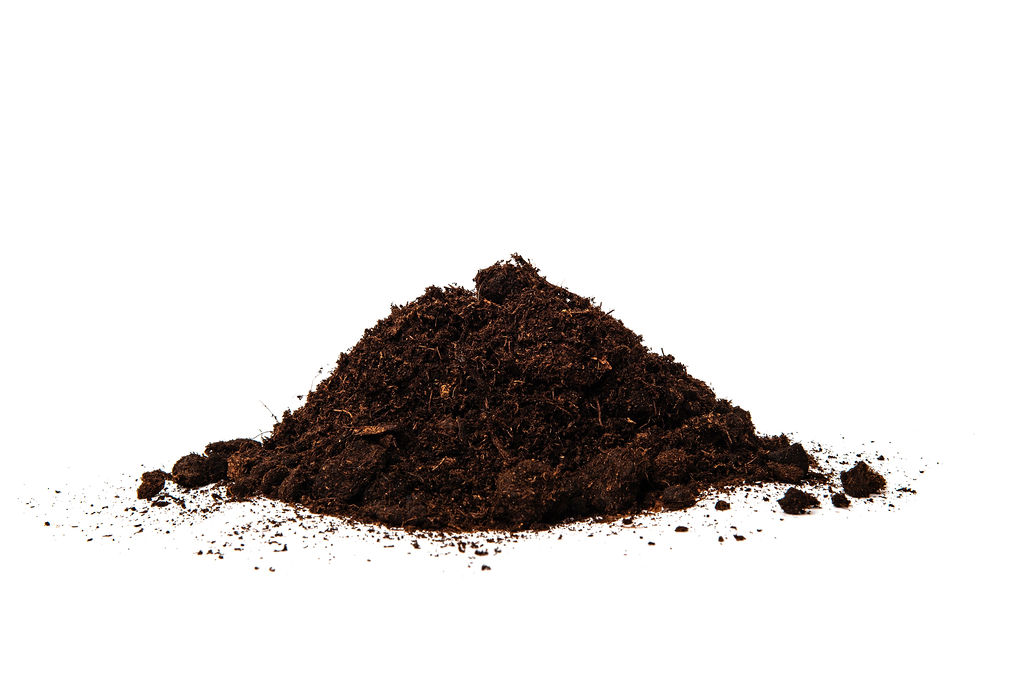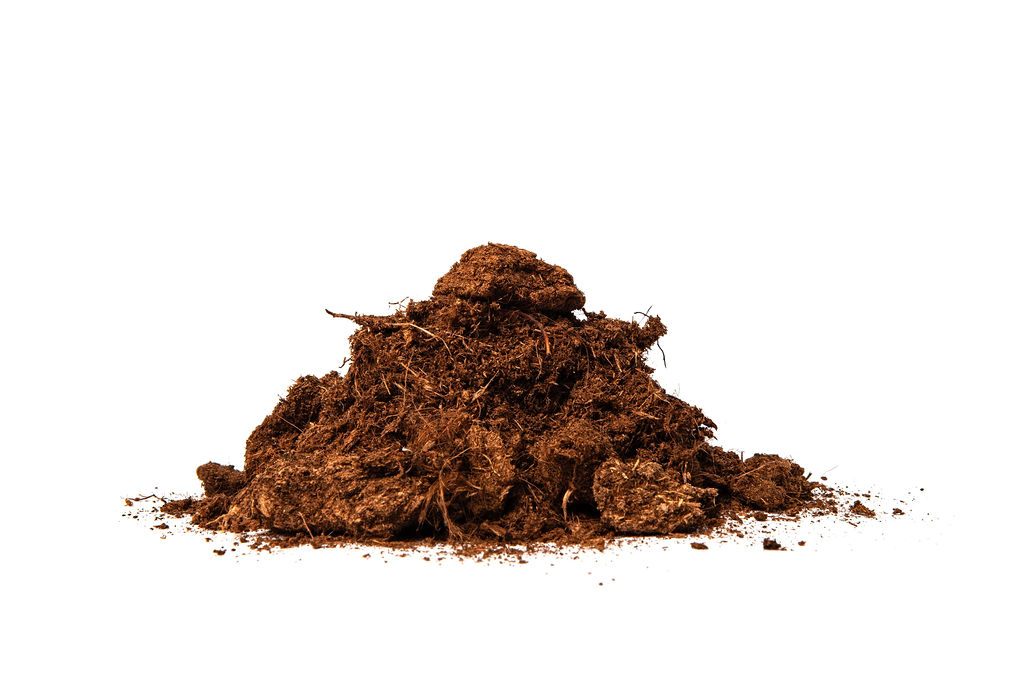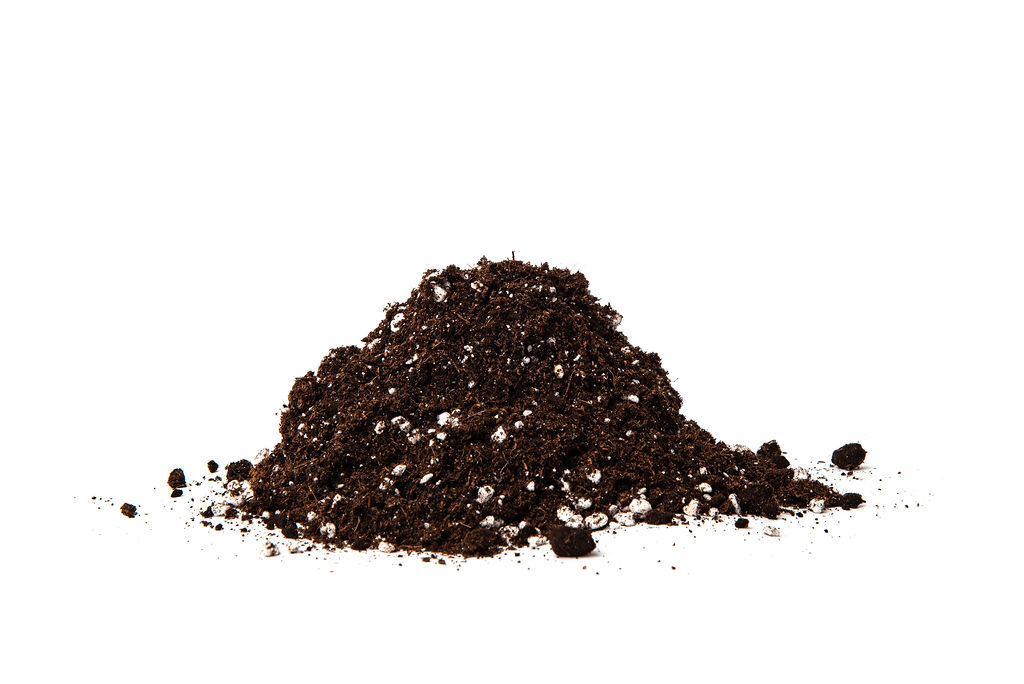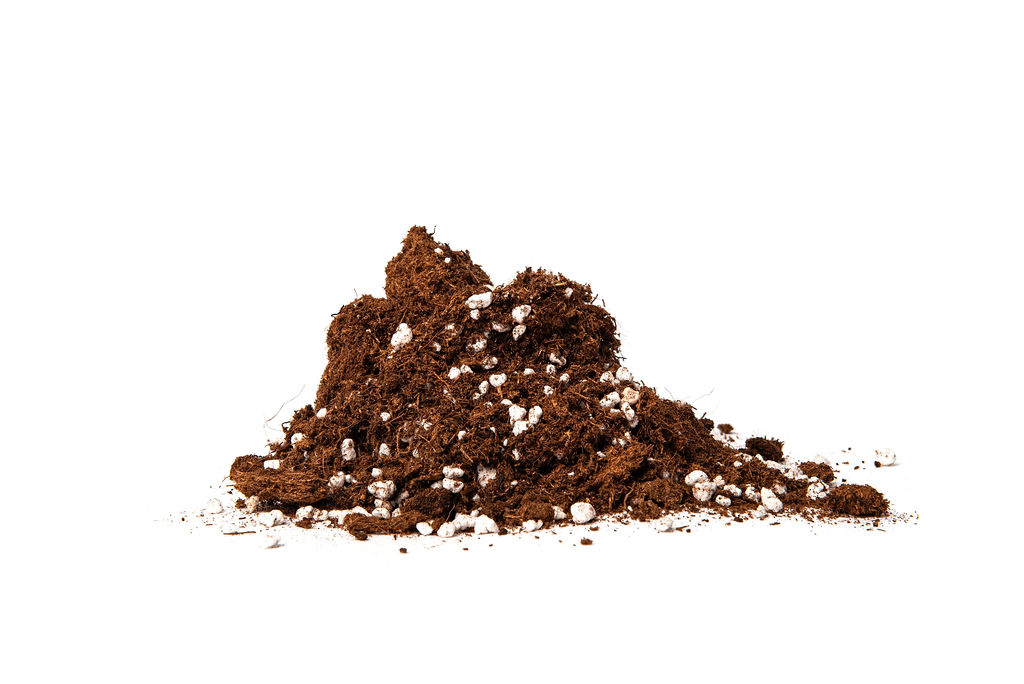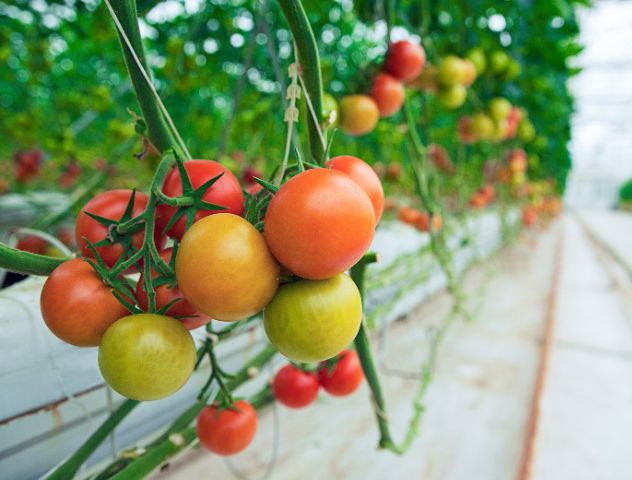
Why Choosing the Right Vegetable Substrate Matters
Vegetables come in all shapes and sizes, each with its own unique needs for water, nutrients, and air. From leafy greens to root veggies and fruiting plants, the right substrate makes all the difference. Here’s why getting that foundation right is so important:
- Moisture Control: A high-quality substrate retains water within the root zone yet drains excess moisture efficiently to prevent waterlogging and root rot. This balance is essential for managing both shallow and deep-rooted crops.
- Nutrient Supply: Fast-growing vegetables are heavy nutrient consumers, and a substrate with slow-release organic matter means nutrient levels remain stable without requiring constant fertilization.
- Root Support: Root structure varies widely across vegetables. A well-aerated substrate ensures oxygen reaches the roots, preventing compaction and allowing for deep root penetration.
Types of Vegetables and Their Substrate Needs
Each type of vegetable has specific needs when it comes to substrates. Peat-based substrates can support the demands of various vegetable groups:
1. Leafy Greens (Lettuce, Spinach, Kale)
Leafy greens thrive on consistent moisture but have shallow root systems that can be easily overwhelmed by too much water. A peat-based substrate’s moisture-retentive properties help maintain the right level of hydration, especially during warmer days. However, these greens are prone to root rot if the soil becomes too soggy, which is why the natural drainage capabilities of peat are so valuable.
Ideal Substrate Properties:
- High moisture retention
- Adequate drainage to prevent root rot
- Loose structure for easy root spread
2. Root Vegetables (Carrots, Radishes, Beets)
Root vegetables require more than just good nutrition – they need space to grow deep, unimpeded roots. Peat substrates for vegetables provide the perfect light, airy environment for these crops, preventing the compacted soil that can lead to stunted growth or misshapen roots.
Ideal Substrate Properties:
- Loose, airy structure
- Balanced water retention and drainage
- Good aeration to promote root development
3. Fruiting Vegetables (Tomatoes, Peppers, Cucumbers)
Fruiting vegetables are nutrient-hungry and have deep, complex root systems that require a rich, supportive substrate. Peat substrates meet these nutrient requirements, offering slow-release organic matter that sustains the plant throughout the growing season without the need for constant fertilization.
Ideal Substrate Properties:
- Nutrient-rich with slow-release properties
- High moisture retention with proper drainage
- Aerated structure to support deep root growth
Peat-Based Substrates for Growing Vegetables at Scale
In commercial farming, consistency and scalability are key to maximizing efficiency and yields. Peat substrates create those uniform growing conditions farmers and nurseries are after, helping streamline operations while promoting strong, healthy crops.
Here are a few specific ways peat can benefit large-scale growers:
Uniform Moisture Control
In controlled-environment agriculture (CEA) or open-field systems, the high water-holding capacity of peat reduces irrigation frequency while its capillary action ensures uniform moisture distribution. Peat’s porosity allows for efficient drainage, preventing hypoxia and root asphyxiation, reducing risks of diseases like Pythium and Phytophthora at scale.
Nutrient Efficiency
Peat’s high cation exchange capacity (CEC) stabilizes nutrient levels, releasing essential macronutrients (N, P, K) and micronutrients over time. This minimizes nutrient leaching to support the high metabolic demands of commercial crops.
Disease Suppression
Peat’s low pH naturally suppresses pathogens like Fusarium and Verticillium wilt, reducing reliance on chemical fungicides. In high-density cropping systems, this acidity helps prevent soil-borne diseases, complementing integrated pest management (IPM) strategies and lowering chemical input costs.
Scalable and Consistent Performance
Peat vegetable substrates provide uniformity in texture, moisture retention, and nutrient availability, making it easier to standardize irrigation schedules, nutrient plans, and planting processes. This scalability is essential for maintaining high productivity without having to adjust growing conditions on a plot-by-plot basis.
